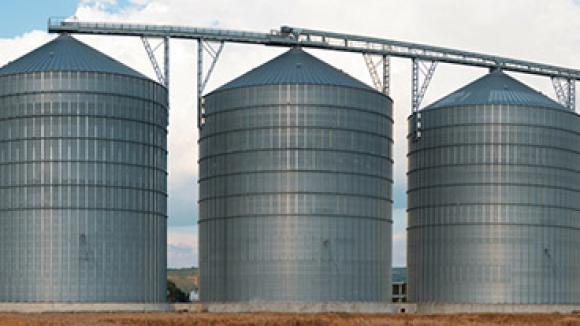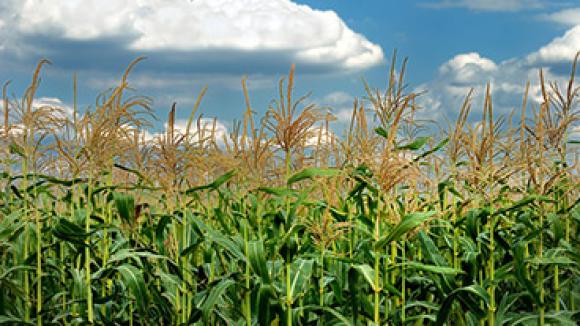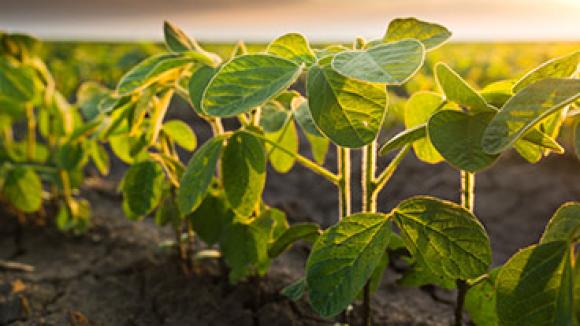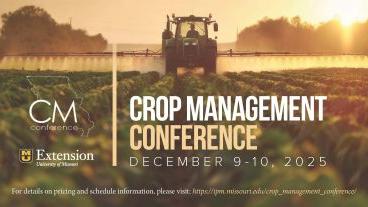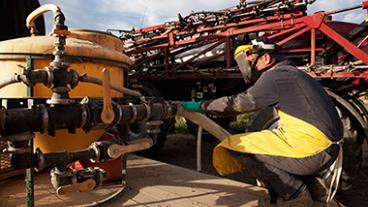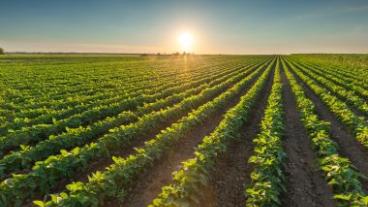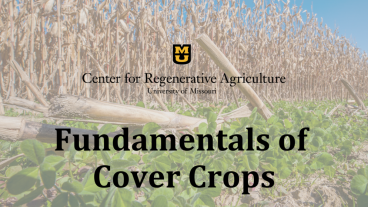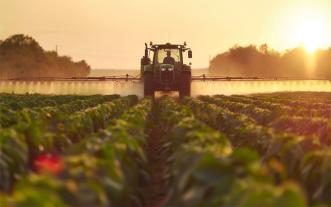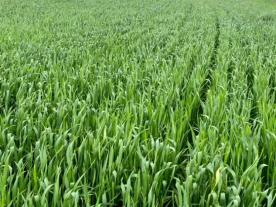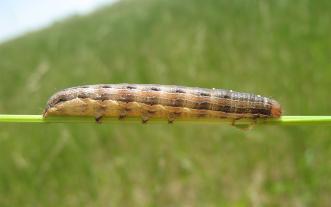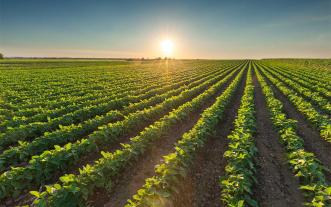Wheat and Other Small Grains
No other crop in the world is planted on more acres than wheat.
It also is a critical component of Missouri’s agriculture economy.
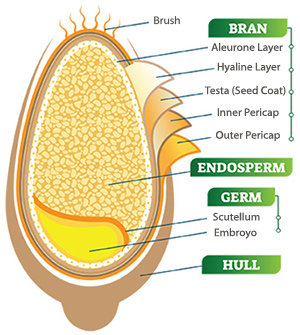 Wheat is used primarily as a human food crop. U.S. market classes of wheat differ based on the amount and quality of a group of proteins called gluten. Other characteristics are used to classify wheat types, as well. Bran is the outer covering of the wheat seed and ranges in color from deep red to nearly white. Some wheat types require exposure to cold temperatures (vernalization) in order to flower and produce grain. These are called winter wheats.
Wheat is used primarily as a human food crop. U.S. market classes of wheat differ based on the amount and quality of a group of proteins called gluten. Other characteristics are used to classify wheat types, as well. Bran is the outer covering of the wheat seed and ranges in color from deep red to nearly white. Some wheat types require exposure to cold temperatures (vernalization) in order to flower and produce grain. These are called winter wheats.
A bushel of wheat weighs 60 pounds. During milling, the bran and embryo are often removed. This results in 42 pounds of flour from a bushel of wheat grain. Bran and the embryo remain in whole-wheat flour. Flour from one bushel of wheat can make over 40 loaves of bread.
Other small grain crops were once planted to relatively large acreages in Missouri. Acreage for barley, primarily used for animal feed but also for malt in the brewing industry, peaked at 673,000 in 1956. Barley is not currently grown in Missouri; states with significant barley production include Idaho and Montana. Rye planting peaked in 1955 at 312,000 acres. Today, rye is more commonly planted in Missouri as a cover crop and not harvested for grain. Oat acreage was over 2 million acres in the 1940s and used for horse and mule feed. Current oat plantings in Missouri total about 30,000 acres.

Find resources for weather data and agricultural climate developments for crops.
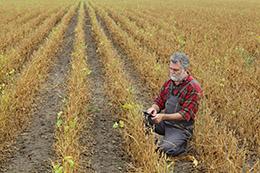
Get resources on flooding, drought and wind intensity with current conditions and outlooks that are affecting crop agriculture.

University of Missouri programs, resources, worksheets and newsletters relating to soybean.
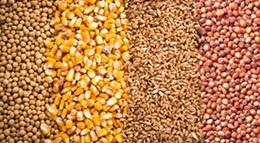
Selection of varieties that best fit a farmer's production goals and challenges is an essential part of profitable grain crop production. We provide the reliable, unbiased, up-to-date information that makes that selection possible.
Related programs
Please visit the program sites shown below for information related to another crop.
